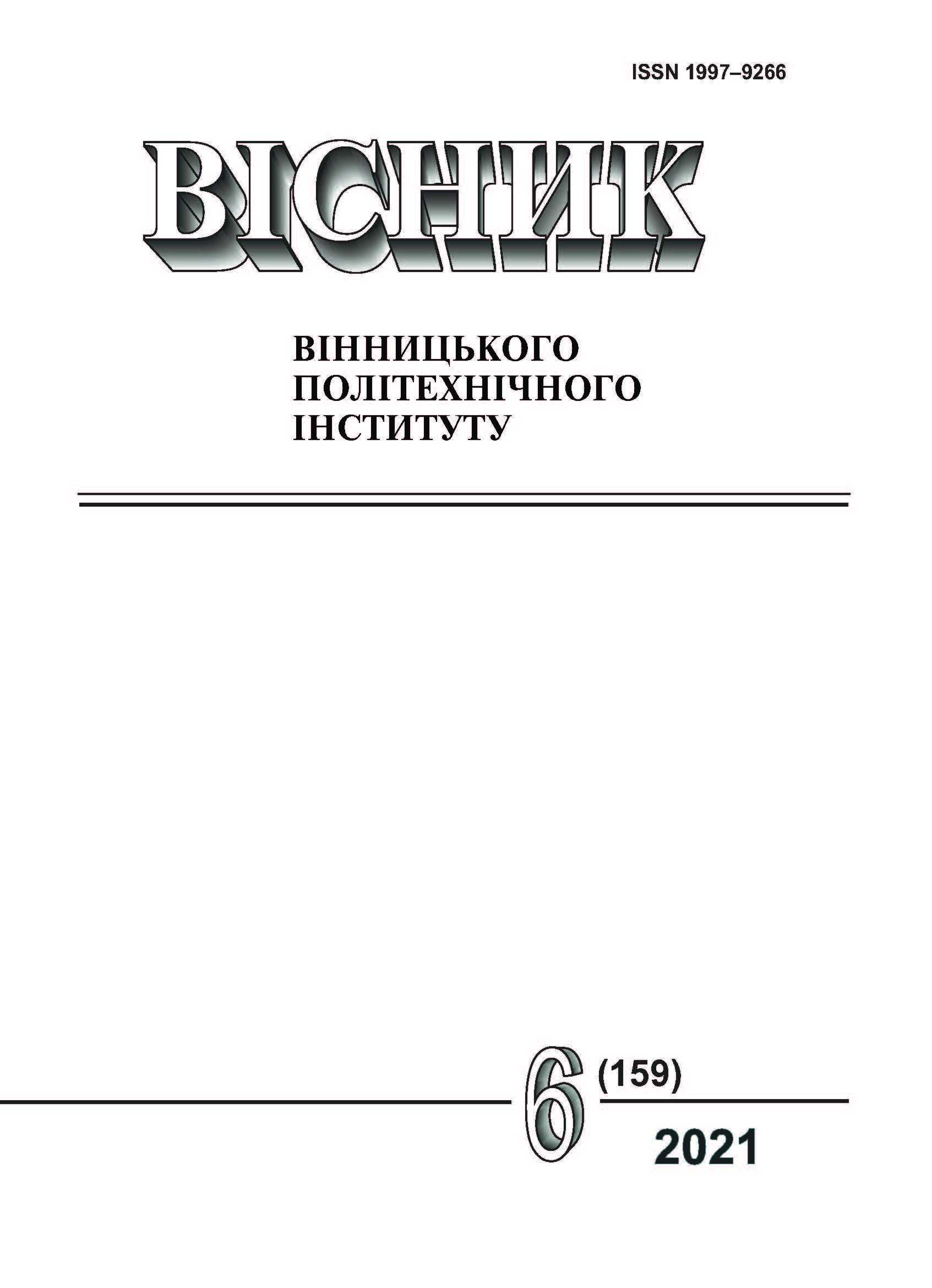Assessment of Supply Chain Reliability Based on the Monte-Carlo Method
DOI:
https://doi.org/10.31649/1997-9266-2021-159-6-142-150Keywords:
reliability, logistics chain, goods delivery, customs clearance, customs and logistics service, freight customs complexAbstract
The overwhelming majority of entities engaged in foreign economic activity in goods delivery are guided by such basic criteria for assessing customs and logistics service effectiveness as time, cost, quality and reliability. The issue of determining delivery reliability remains insufficiently studied since this process takes into account some technical, technological and organizational aspects that are difficult to predict since they are random and individual in nature.
To ensure delivery reliability when organizing international transportation, we propose to form the structure of the supply chain with the involvement of transport market entities capable of providing all the necessary types of work and services. At the same time, as the analysis of the experience of leading logistics enterprises shows, a decrease in the number of links in the supply chain results in the optimized management of material, information and financial flows in goods delivery. Therefore, we believe it to be expedient to use enterprises capable of providing integrated customs and logistics services to entities engaged in foreign economic activity.
Significant delays that affect the time and reliability of goods delivery are mainly associated with the completion of customs formalities, therefore, we suggest considering the process of customs and logistics service provision using a freight customs complex.
This infrastructure facility provides for servicing entities engaged in foreign economic activity in export, import, integrated customs and logistics services as well as customs and temporary customs warehousing. Based on the Monte-Carlo method, we assess the reliability of the provision of all the above types of services at a freight customs complex building a probabilistic analogue of the system and obtaining various variants of the random-process realization processed using the methods of mathematical statistics.
At the same time, the influence of random factors in the modelling process is taken into account by means of introducing the elements of randomness by performing playouts. As an element of randomness, we use a pseudo-random number generator employed to simulate random processes. We define and compare the reliability of various logistic chain types used for goods delivery along three international routes.
References
П. А. Бочкарев, «Управление надежностью цепей поставок в логистике снабжния.» автореф. дис. канд. техн. наук, 08.00.05, Санкт-Петербург, 2015, 18 с.
М. В. Грязнов, «Подходы к надежности транспортных систем,» Мир транспорта, № 2, с. 14-19, 2010.
В. М. Курганов, и М. В. Грязнов, Управление надежностью транспортных систем и процессов автомобильных перевозок, моногр. Магнитогорск, РФ: МДП, 2013, 318 с.
В. И. Сергеев, «Управление качеством логистического сервиса,» Логистика сегодня, № 1, с. 10-16, 2010.
Л. Б. Миротин, и Е. А. Лебедев, «Транспортно-логистическая услуга и толкование основных процессов транспортного производства,» Интегрированная логистика, № 1, с. 28-34, 2014.
В. С. Лукинский, Н. Г. Плетнева, и Т. Г. Шульженко, Теоретические и методологические проблемы управления логистическими процессами в цепях поставок. Санкт-Петербург: СПбГИЭУ, 2011, 242 с.
В. А. Войтов, Н. Г. Бережна, і О. В. Кутья, «Критерії оцінювання надійності логістичної системи транспортного обслуговування,» Автомобильный транспорт, № 41, с. 96-104, 2017.
N. Luzhanska, I. Lebid, O. Kotsiuk, I. Kravchenya, and Y. Demchenko, “The influence of customs and logistics service efficiency on cargo delivery time,” Proceedings of the National Aviation University, ol. 80, Iss. 3, pp. 78-91. 2019. https://doi.org/10.18372/2306-1472.80.14277 .
В. С. Лукинский, Ю. Н. Панова, и А. В. Стримовская, «Интегрированное управление цепями поставок: теории, модели и методы,» Логистика и управление цепями поставок, № 3 (80), с. 40-56, 2017.
D. Kisperska-Moroń, Pomiar funkcjonowania łańcuchόw dostaw. Praca zbiorowa pod redakcją, Katowicach: Wydawnictwo Akademii ekonomicznej im. KAROLA ADAMIECKIEGO, 2006, 260 s.
J. Witkowski, Zarządzanie łańcuchem dostaw: koncepcje, procedury, doświadczenia, Warszawa: PWE, 2003, 213 s.
R. Z. Farahani, S. Rezapour, and L. Kardar, Logistics оperations and мanagement: сoncepts and models, Waltham, MA: Elsevier, 2011, 469 p. [Electronic resource]. Available: https://www.academia.edu/11637506/Logistics_and_Operation_Management_PDF .
Л. Б. Миротин, Е. А. Лебедев, А. А. Рыжков, и Е. В. Булатников, «Оптимизация транспортных затрат в логистике бизнеса,» Мир транспорта, т. 11, № 3 (47), с. 84-89, 2013.
GPSS World Reference Manual [Text], Minuteman Software. Holly Springs NC, 2001, p. 305.
Н. О. Лужанська, «Підвищення ефективності діяльності вантажних митних комплексів.» дис. канд. техн. наук, 05.22.01, Київ, 2021, 165 с.
Downloads
-
PDF (Українська)
Downloads: 193
Published
How to Cite
Issue
Section
License

This work is licensed under a Creative Commons Attribution 4.0 International License.
Authors who publish with this journal agree to the following terms:
- Authors retain copyright and grant the journal right of first publication.
- Authors are able to enter into separate, additional contractual arrangements for the non-exclusive distribution of the journal's published version of the work (e.g., post it to an institutional repository or publish it in a book), with an acknowledgment of its initial publication in this journal.
- Authors are permitted and encouraged to post their work online (e.g., in institutional repositories or on their website) prior to and during the submission process, as it can lead to productive exchanges, as well as earlier and greater citation of published work (See The Effect of Open Access).





